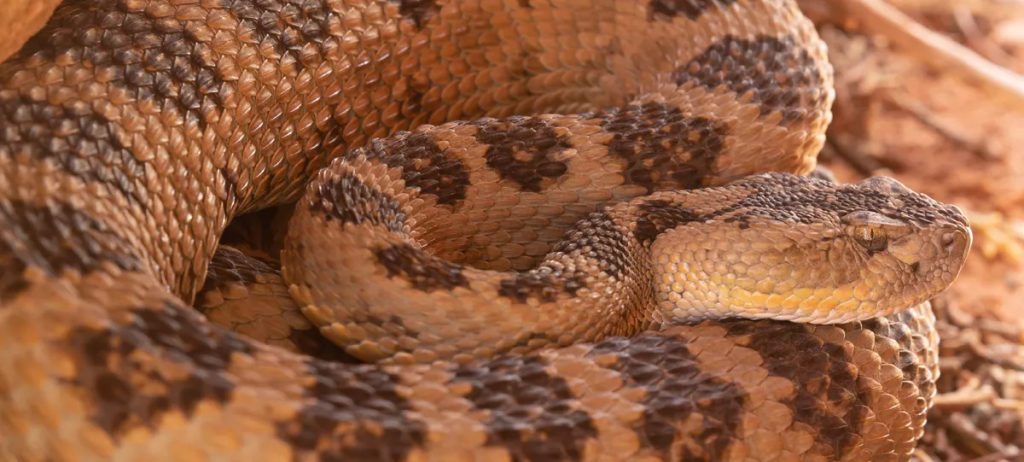
pi
Staying Safe in Rattlesnake Country
Warm weather draws humans out of their homes and onto trails and natural lands. Rattlesnakes are no different. Keep yourself, your pets, and wildlife safe by learning how to share trails with rattlesnakes.
Snakes: Natural Pest Controllers that Never Take a Vacation
You don’t have to pick up the phone to get some of Salt Lake City’s best pest control. Snakes are an important part of the foothills ecosystem. Without snakes, there would be fewer predators to keep mice, rats, and other rodents in check.

How do you avoid snake bites?

Pay attention to your surroundings
- Be aware of the sights and sounds around you. Headphones can drown out the noise of a rattle!
- Watch where you step.
- Take a look before you sit down on a log or reach into a crevice for balance.

Stay on trail
- Off trail, vegetation and rocks make it harder to see the ground.
- On cleared trails, it’s easier to spot a snake near you.

Protect your pooch by keeping them on a leash
- Dogs are bitten by rattlesnakes more often than people.
- A curious off-leash dog can become a victim.
What do you do if a bite occurs?
Snakebites are treatable, so don’t panic. Stay calm and call 911 immediately. Emergency services can send help or provide instructions. Avoid exerting yourself and try to keep your heart rate low. Remove any jewelry or clothing near the bite in case of swelling.
Don’t try to chase down a snake to photograph or identify it. The treatment for all venomous snakes in Utah is the same.
Slicing open a bite or sucking out the venom has been advised in the past. Although it looked exciting in old Western movies, slicing wounds or trying to suction out venom is not effective. Other outdated first aid advice like putting ice on the bite, tourniquets, or drinking alcohol are also ineffective.
Additional safety tips
- Wear long pants and tall hiking boots to protect your legs and ankles.
- Use extra caution in low light around dawn and dusk.
- Carry a cell phone with you to contact emergency services if a bite does occur.
- Use a walking stick or trekking poles to move away vegetation and provide another point of contact with the ground.
The Great Basin Rattlesnake
Rattlesnakes are the only venomous snakes found in Utah. The most common species around Salt Lake City is the Great Basin Rattlesnake (Crotalus lutosus).
The Great Basin Rattlesnake will return to the same den from one winter to the next. They’re not just passing through, this is their home.
Although they can be scary, rattlesnakes help Salt Lake City in many ways. They control rodent populations that spread diseases that can make humans sick. By eating these rodents, they also play a role in spreading the seeds that rodents have eaten. Snakes are good gardeners! Many native plants need to be picked up by an animal and passed through their digestive system to spread. Their venom also has the potential to develop life-saving drugs. These are some of the reasons that rattlesnakes are protected in Utah, making it illegal to harm a snake if it isn’t hurting a person.
